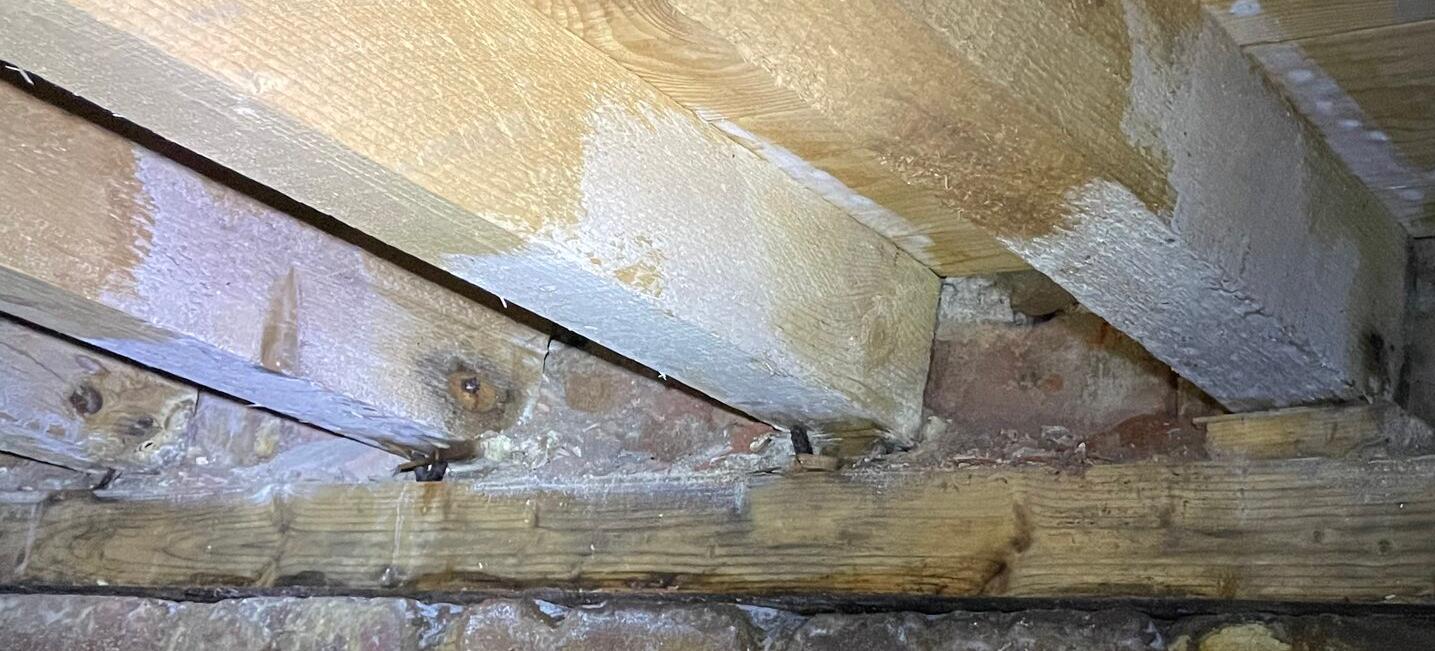- Joined
- 9 Mar 2021
- Messages
- 45
- Reaction score
- 0
- Country

Hi all
Hoping someone can advise!
I’ve recently moved into an 1890s terrace with a deep subfloor void.
Before purchasing I asked the seller to instruct a full subfloor survey (October 2020). Wet and dry rot was found and treated (December 2020) In various places.
I’ve just been down there today and noticed some worrying looking mould/rot and I’m hoping someone can ID it? Also I don’t understand how this could have been missed during the survey/works as surely it’s not something that has spread that fast?!
Many thanks
View media item 106185View media item 106186View media item 106187View media item 106188View media item 106189
Hoping someone can advise!
I’ve recently moved into an 1890s terrace with a deep subfloor void.
Before purchasing I asked the seller to instruct a full subfloor survey (October 2020). Wet and dry rot was found and treated (December 2020) In various places.
I’ve just been down there today and noticed some worrying looking mould/rot and I’m hoping someone can ID it? Also I don’t understand how this could have been missed during the survey/works as surely it’s not something that has spread that fast?!
Many thanks
View media item 106185View media item 106186View media item 106187View media item 106188View media item 106189

